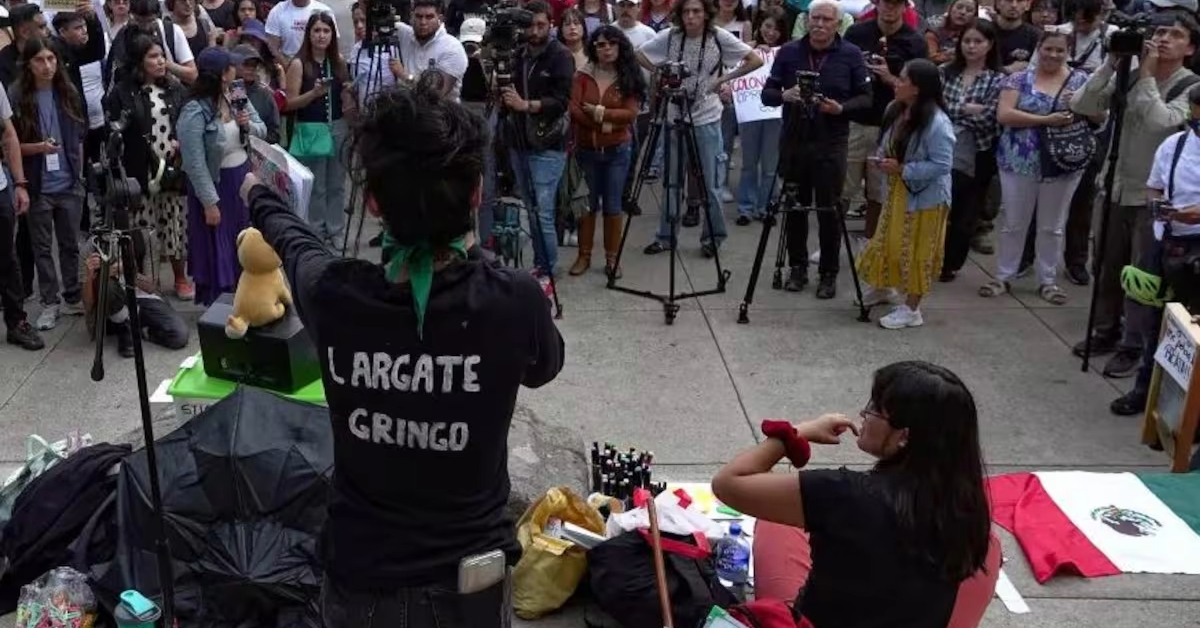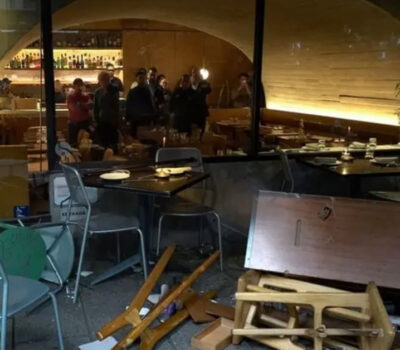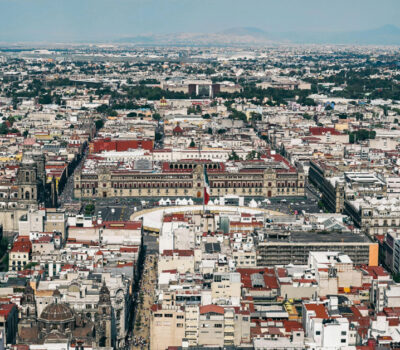The line between anti-gentrification and racism is clear if you choose to see it: genuine activism targets policy and practice, not nationality or ethnicity.
I have lived in Mexico for two decades, and I have never witnessed the level of anti-American sentiment that exists today. All of it is tied to the buzzword “gentrification,” a term often misunderstood and misused as a cover for racism and xenophobia.
Today, Mexico City held its first “Anti-Gentrification” protest at Parque Mexico and along Reforma—areas originally established by Spanish royalty who lived at Chapultepec Castle. Condesa itself once formed part of royal land, later evolving into exclusive neighborhoods for Mexican politicians, bankers, artists, and other wealthy Mexicans.
During today’s protest, the cries of “fuck gringos” and “get out the rich” revealed a deeper truth. This protest was not about gentrification—it was fueled by racism and classism. Many protesters seemed unaware of the history and reality of the neighborhoods they marched through. Condesa and Roma were never affordable for working-class residents; they were purpose-built enclaves for Mexico’s wealthy elite. Protesting for affordable housing there would be akin to me demanding an affordable mansion in Beverly Hills—an unrealistic entitlement.
Let me clarify: I can’t afford to live in Condesa or Roma—or Beverly Hills, for that matter. The stereotype that all Americans in Mexico are wealthy is deeply flawed. Even today, Mexicans own the overwhelming majority of homes in these neighborhoods. Foreign residents account for less than 2% of the area’s population, and Americans are an even smaller fraction of that. Yet, foreigners—and particularly Americans—are blamed for the city’s housing woes.
In reality, Mexico City’s high housing costs stem from a severe shortage. Official estimates indicate the city lacks half a million homes to accommodate its current residents. Basic economics dictates that scarcity drives prices upward. Poor governmental planning, not foreign residents, is to blame for this issue.
While genuine gentrification deserves criticism, the lines blur dangerously when legitimate concerns become a mask for racism. I’ve experienced moments that illustrate real, deliberate gentrification firsthand. Recently, my friend and I sought seafood for dinner after our usual local spot closed early. We ended up in Condesa, where we were ushered to the bar rather than seated at a table—despite visible vacancies. The menu was exclusively in English, clearly targeting foreign diners. My friend, the only Mexican at the bar, was also the only person of color present in the entire restaurant. We couldn’t shake the uncomfortable feeling that we were deliberately sidelined to the bar because he didn’t fit the restaurant’s image—wealthy, white, foreign.
The overpriced, undersized meal reinforced the unsettling message: this space wasn’t intended for locals. This type of planned gentrification, intentionally exclusionary and discriminatory, deserves opposition. But it must be understood clearly and protested responsibly—not conflated with generalized anti-foreign sentiment.
Contrast this with Puerto Vallarta, a city I called home for a few years. Over decades, foreigners gradually reshaped the city’s landscape, displacing locals who could no longer afford coastal living. High-rise condos erased family homes with ocean views, replacing cultural authenticity with luxury marketed to outsiders. Unlike Mexico City’s housing shortage, Puerto Vallarta suffers from intentional, unchecked real estate developments aimed at foreigners, not locals.
Gentrification like that demands activism—focused activism rooted in understanding rather than prejudice. When anti-gentrification crosses into anti-foreigner rhetoric, it shifts from legitimate critique into xenophobia and racism.
After traveling extensively throughout Mexico, visiting every state from bustling cities to tiny, remote villages, one consistent message echoes everywhere: housing is unaffordable, wages insufficient, and government inaction rampant. Addressing these genuine issues requires confronting systemic failures rather than scapegoating foreigners.
The line between anti-gentrification and racism is clear if you choose to see it: genuine activism targets policy and practice, not nationality or ethnicity.
The line between anti-gentrification and racism is clear if you choose to see it: genuine activism targets policy and practice, not . . .












